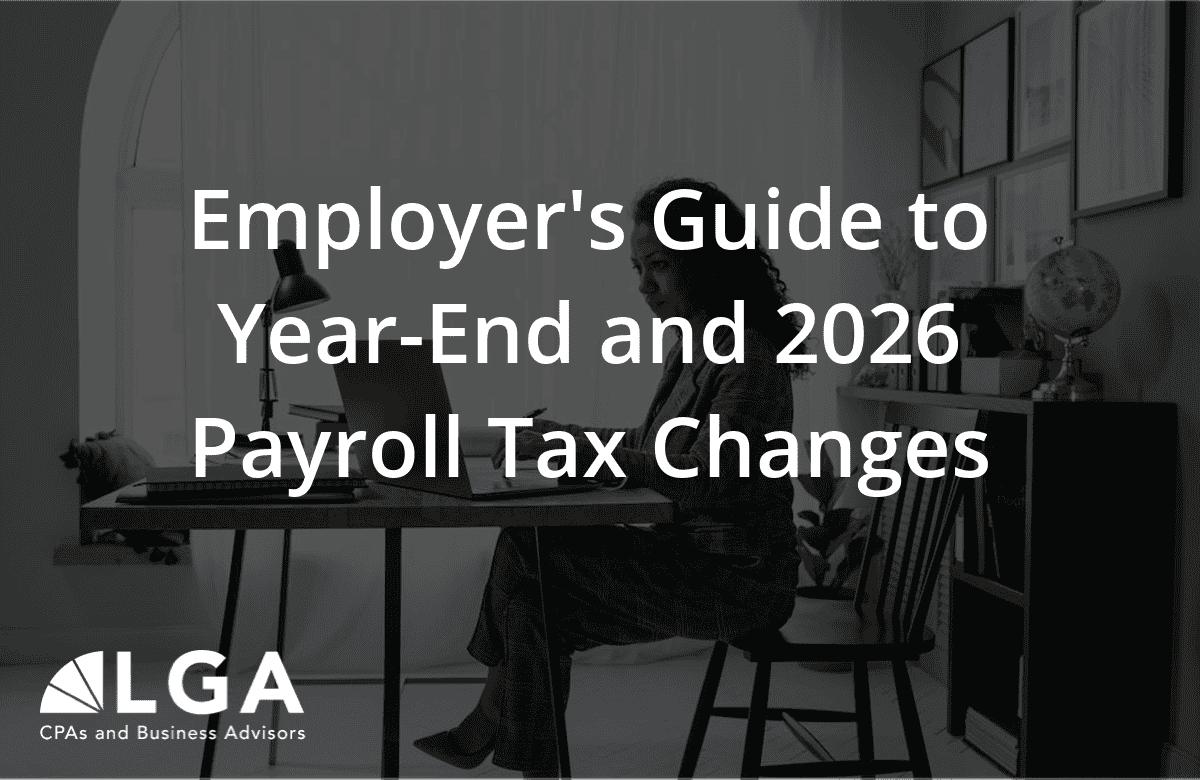
The tax landscape for businesses often changes, and 2024 is no exception. One area to pay attention to is the limitation on deductible business interest. Understanding how much interest your business can deduct is important for financial planning and tax savings. Let’s break it down in simple terms.
What is the Business Interest Deduction?
The business interest deduction allows companies to deduct the interest they pay on loans. This can include loans for equipment, vehicles, or business expansion. However, there is a limit to how much interest businesses can deduct, which is affected by the Tax Cuts and Jobs Act (TCJA).
What’s New for 2024?
In 2024, businesses still face a cap on the amount of interest they can deduct. This limitation is based on the company’s income, and it may reduce how much you can deduct if your business has a lot of debt.
The interest deduction is generally limited to 30% of a business’s “adjusted taxable income.” This means the higher your taxable income, the more interest you can deduct.
Key Points to Know
- Limit Based on Adjusted Taxable Income (ATI): The 30% limit is applied to a business’s adjusted taxable income, which includes operating profit but excludes certain deductions like depreciation and amortization.
- Businesses Affected: Generally, this limit applies to larger businesses with higher levels of debt. Small businesses may not be affected, especially if they qualify for an exception under the gross receipts test.
- Gross Receipts Test: If your business earns less than $29 million in annual gross receipts over a three-year period, you may be exempt from the interest deduction limitation.
How to Maximize Your Deduction
- Manage Debt: Keeping your business’s debt at a manageable level can help you maximize your interest deduction.
- Monitor Your Income: The higher your adjusted taxable income, the more interest you can deduct, so tracking your income and planning for growth is important.
- Consider the Gross Receipts Test: If your business is small, you may qualify for an exemption, so be sure to check with us as to whether this applies to you.
Example:
Imagine a mid-sized construction company, ABC Builders, that has been expanding rapidly over the past few years. To fund their growth, they’ve taken out multiple loans to buy new equipment, vehicles, and invest in new projects. While the company has seen an increase in revenue, it has also accumulated significant debt.
In 2024, ABC Builders reports an adjusted taxable income (ATI) of $5 million. However, their total business interest expenses for the year amount to $2 million. Under the current rules, the company can only deduct 30% of their ATI as business interest.
Here’s how it works out:
- Adjusted Taxable Income (ATI): $5 million
- Interest Deduction Limit: 30% of ATI = $1.5 million
Since the company’s interest expenses total $2 million, they are limited to deducting only $1.5 million of that. The remaining $500,000 cannot be deducted this year and will need to be carried forward into future tax years.
As a result, ABC Builders cannot fully deduct their interest expenses in 2024, which increases their taxable income and, ultimately, their tax liability. This limitation could affect their cash flow and financial planning as they continue to manage both their growth and debt.
The business interest deduction limit can have a significant impact on your tax savings. Understanding how the rules apply to your company in 2024 is important for effective tax planning. Consult with a us to make sure you’re taking full advantage of any deductions your business is eligible for.





